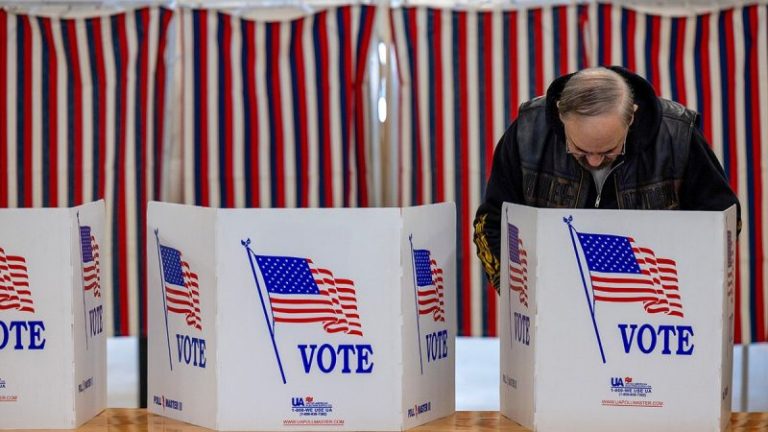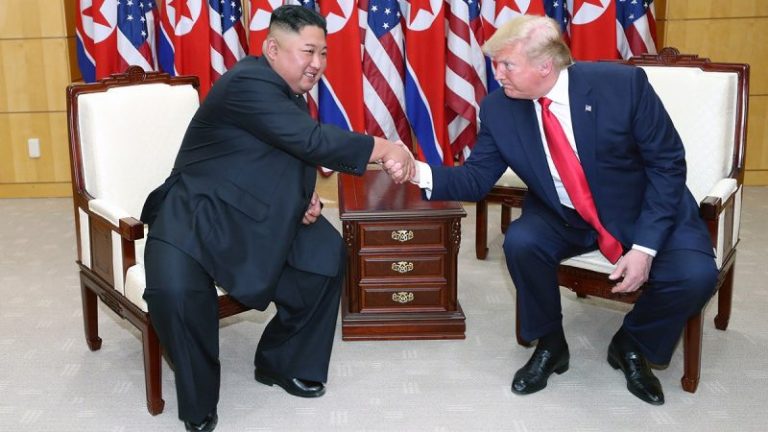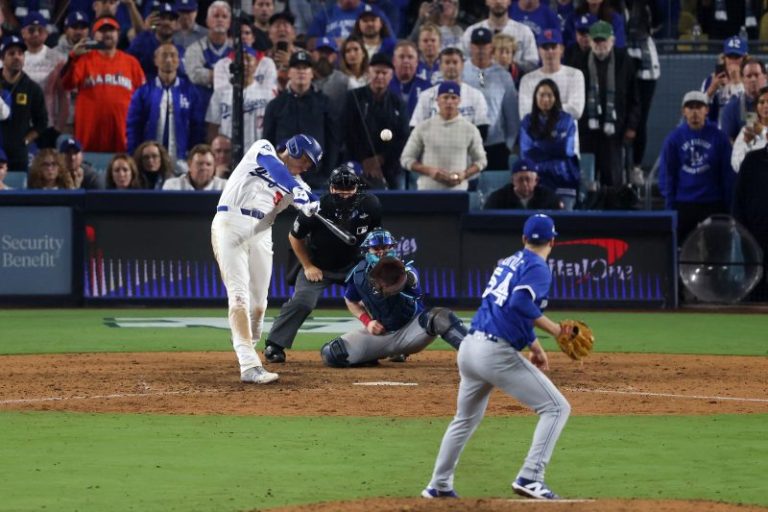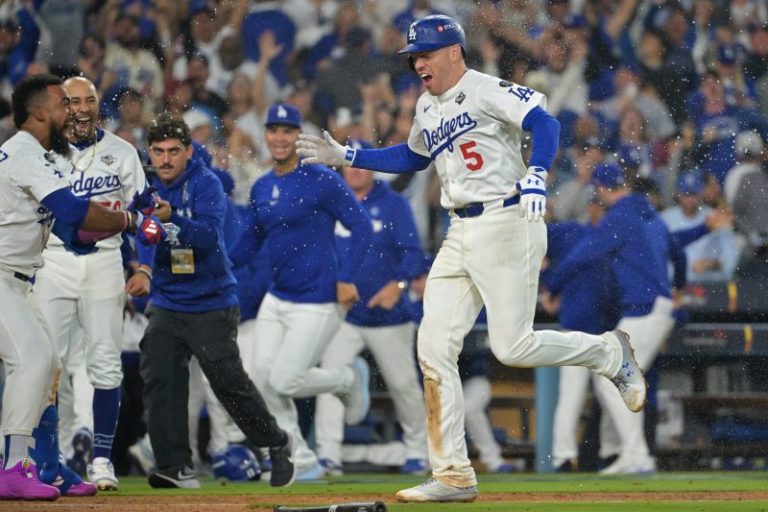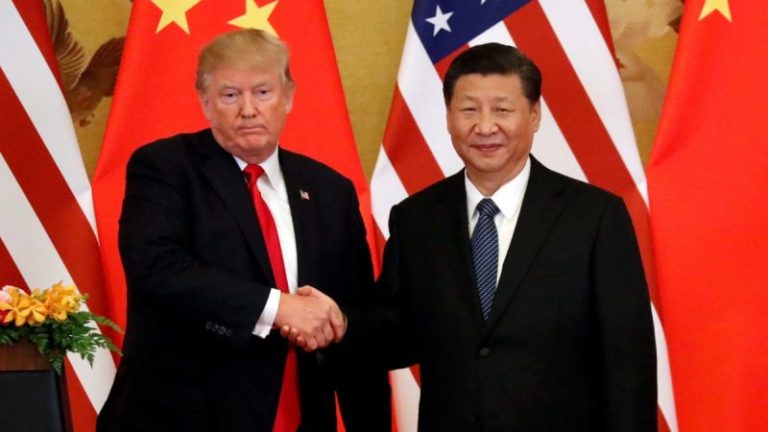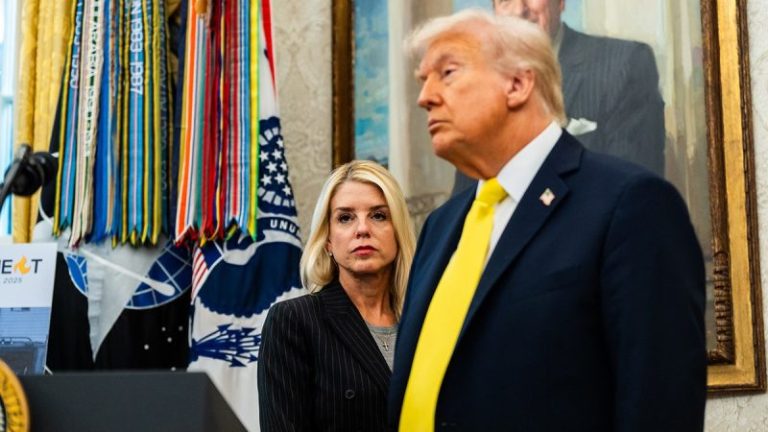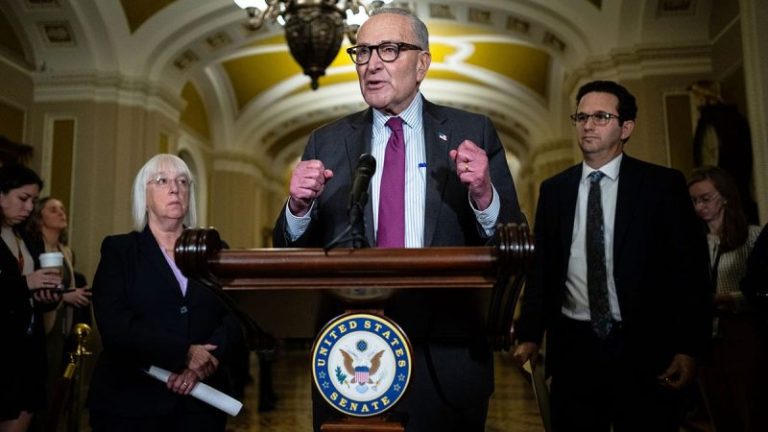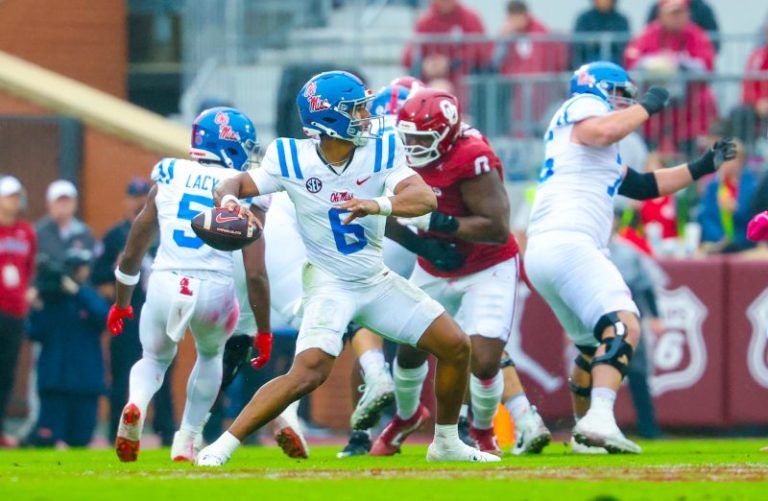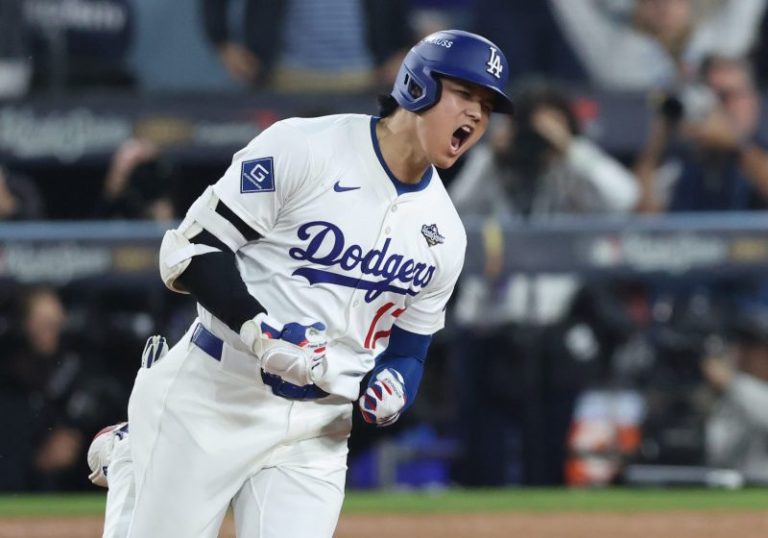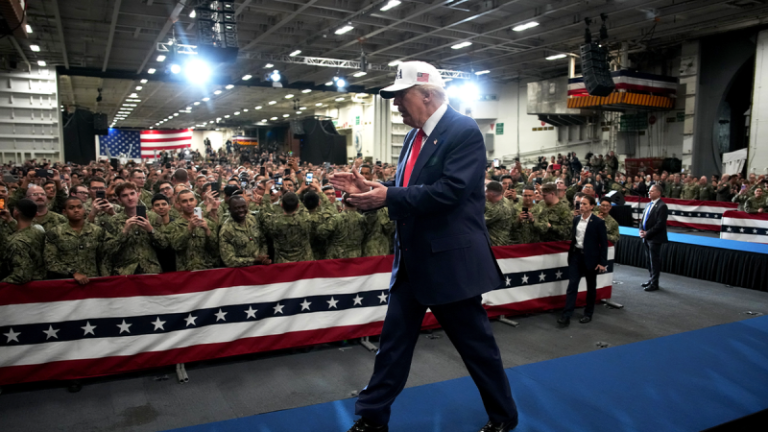Voters across the country will head to the polls on Tuesday, Nov. 4, to cast votes in pivotal elections that many will interpret as critical bellwethers of where the country stands politically almost a year into President Donald Trump’s second term and a year before the midterm elections.
Here are the top elections that people from across the country are watching closely.
Virginia gubernatorial race
Virginia’s Republican Lt. Gov. Winsome Earle-Sears is squaring off against her Democratic opponent, former Rep. Abigail Spanberger, in a race to replace term-limited Republican Gov. Glenn Youngkin.
The election comes with a handful of historic firsts, including Earle-Sears becoming the state’s first Black female nominee for governor in a race that ultimately will result in Virginia electing the first female governor, regardless of which party wins the general election.
While Spanberger has held the lead over Earle-Sears in a slew of surveys since the start of the year, polls tightened recently after explosive revelations in Virginia’s attorney general race rocked the campaign trail.
Attorney general candidate Jay Jones, a Democrat, has been in crisis mode since controversial three-year-old texts — where he compared then-Virginia House Speaker Todd Gilbert to mass murderers Adolf Hitler and Pol Pot. He said that if he was given two bullets, he would use both against the GOP lawmaker to shoot him in the head. Spanberger, and other prominent Democrats, have refused to call for Jones to drop out, which Republicans have labeled an example of Democrats tacitly condoning political violence.
The race has drawn the attention of former President Barack Obama, who will head to Virginia Nov. 1 to headline a political rally for Spanberger in Norfolk after endorsing her in a pair of political ads earlier in October that took shots at Republicans.
New Jersey gubernatorial race
Voters in New Jersey will also be voting for their next governor in a choice between Republican businessman Jack Ciattarelli and Democratic Rep. Mikie Sherrill, both running to succeed the term-limited Democratic Gov. Phil Murphy.
Ciattarelli, who’s making his third straight run for Garden State governor and who nearly upset Murphy four years ago, fell short as plenty of Republican voters sat out the election.
In a state where registered Democrats still outnumber Republicans despite a GOP surge in registration this decade, four public opinion polls released over the past two weeks — from Fox News, Quinnipiac University, Fairleigh Dickinson University and Rutgers-Eagleton — indicated Ciattarelli tightening the margins with Sherrill in the race to succeed the term-limited Democratic Gov. Phil Murphy. Other public and internal surveys suggest a margin-of-error contest.
Sherrill, a U.S. Naval Academy graduate who flew helicopters during her military service and who was first elected to Congress in 2018, has campaigned hard on linking Ciattarelli to Trump while Ciattarelli has linked Sherrill to the Biden administration’s policies and hammered her on questions swirling about her connection to a cheating scandal at the Naval Academy.
Virginia and New Jersey are the only states that hold gubernatorial contests in the year after a presidential election. And the elections, which traditionally grab outsized national attention, are viewed this year as early verdicts on President Donald Trump’s unprecedented and relentless second-term agenda, as well as key barometers ahead of next year’s midterm showdowns for the U.S. House and Senate.
California redistricting
Early voting is now underway in California in a special election that will make a huge impact on next year’s battle for the U.S. House majority.
California voters are deciding whether to pass a ballot proposition this November which would dramatically alter the state’s congressional districts, putting the left-leaning state front-and-center in the high-stakes political fight over redistricting that pits President Donald Trump and the GOP against the Democrats.
California state lawmakers this summer approved a special proposition on the November ballot to obtain voter approval to temporarily sidetrack the state’s nonpartisan redistricting commission and return the power to draw the congressional maps to the Democrat-dominated legislature.
The effort in California, which could create five more Democratic-leaning congressional districts, aims to counter the passage in the reliable red state of Texas of a new map that aims to create up to five right-leaning House seats. Failure to approve what’s known as Proposition 50 would be a stinging setback for Democrats.
Proponents and opponents of Proposition 50 reported raising more than $215 million as of Oct. 2, with much of the money being dished out to pay for a deluge of ads on both sides.
One of the two main groups countering Newsom and the Democrats is labeling their effort ‘Stop Sacramento’s Power Grab.’
Also getting into the fight is former Gov. Arnold Schwarzenegger, who was the last Republican governor of California.
‘That’s what they want to do is take us backwards — this is why it is important for you to vote no on Prop 50,’ Schwarzenegger says in an ad against Proposition 50. ‘Democracy — we’ve got to protect it, and we’ve got to go and fight for it.’
New York City mayoral race
The nation’s largest city will be voting for its next mayor on Nov. 4 as socialist Zohran Mamdani holds a commanding lead in the polls against former Dem. Gov. Andrew Cuomo, running as an independent after losing the primary to Mamdani, and Republican Curtis Sliwa.
Mamdani has faced strong criticism for a variety of positions he adopted over the years as a member of New York City’s chapter of the Democratic Socialists of America, including calls to defund the police, seize the means of production, and abolish private property.
Despite being labeled a communist by some and prominent Jewish leaders speaking out against his anti-Israel positions, Mamdani’s focus on ‘affordability’ in the city, with agenda items such as freezing rent rates, has appealed to younger voters and catapulted him to the top of the polls with a week to go before the election.
Cuomo and Sliwa, who have both called on each other multiple times to drop out of the race to give voters a one-on-one match-up with Mamdani, have made the case that Mamdani’s inexperience and controversial views make him unqualified to lead New York City, a city of over 8 million people.
Minneapolis mayoral race
In Minnesota, a Mamdani-esque figure is running for mayor of Minneapolis: Omar Fateh, the son of immigrant parents from Somalia who five years ago became the first Somali-American elected to the Minnesota Senate.
Fateh has pledged, if elected mayor, to raise the city’s minimum wage, increase the supply of affordable housing, and combat what he calls police violence. Similar to Mamdani, Fateh calls for replacing some of the police department’s duties with community-led alternatives. He also wants to issue legal IDs to undocumented immigrants.
Fateh, like Mamdani, is a democratic socialist and a Muslim. And at age 35, he’s also a member of Generation Y.
Fateh’s most notable opponent in November is the current mayor, Jacob Frey, running for a third term.
Fox News Digital’s Emma Colton contributed to this report.

